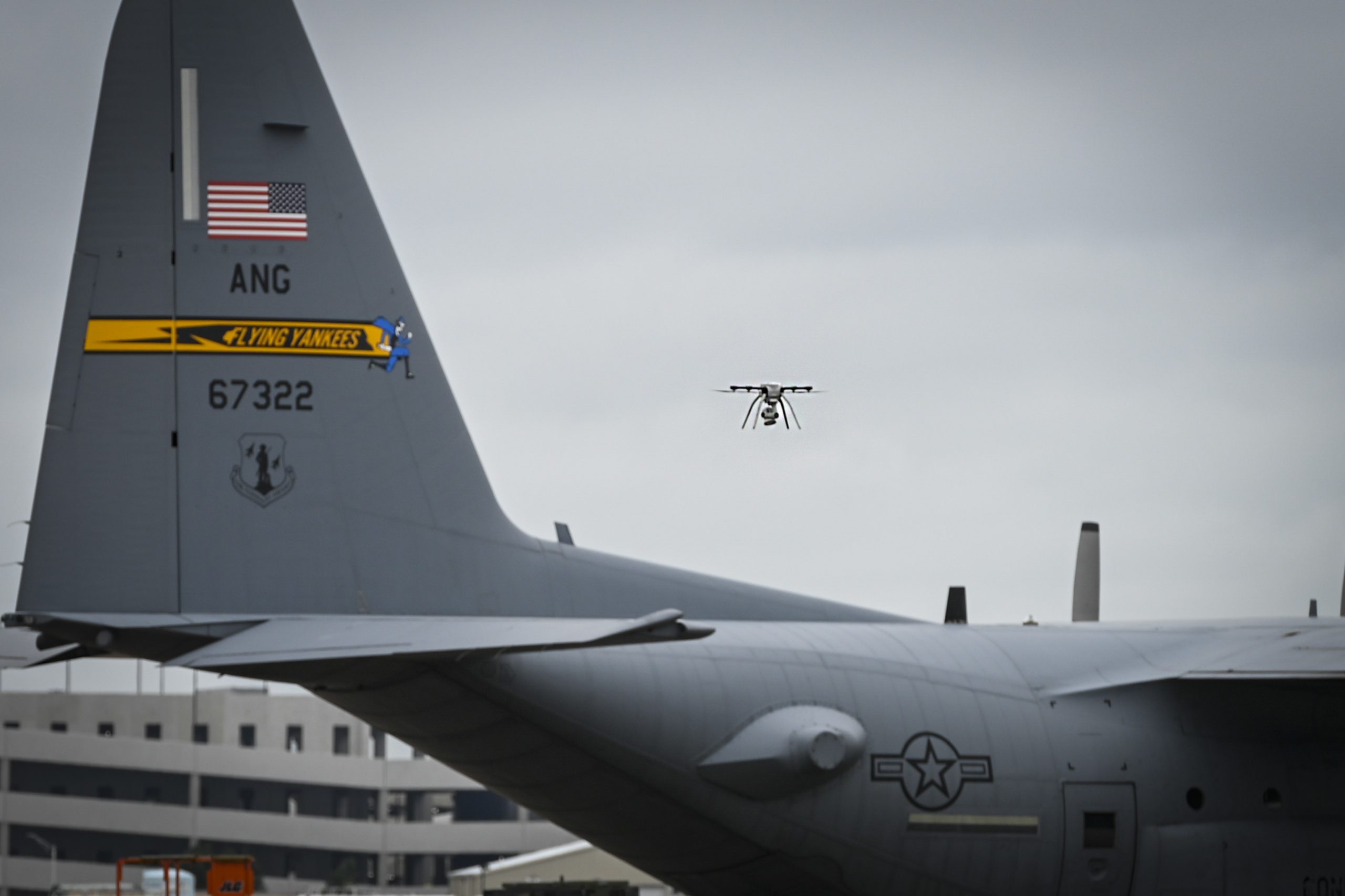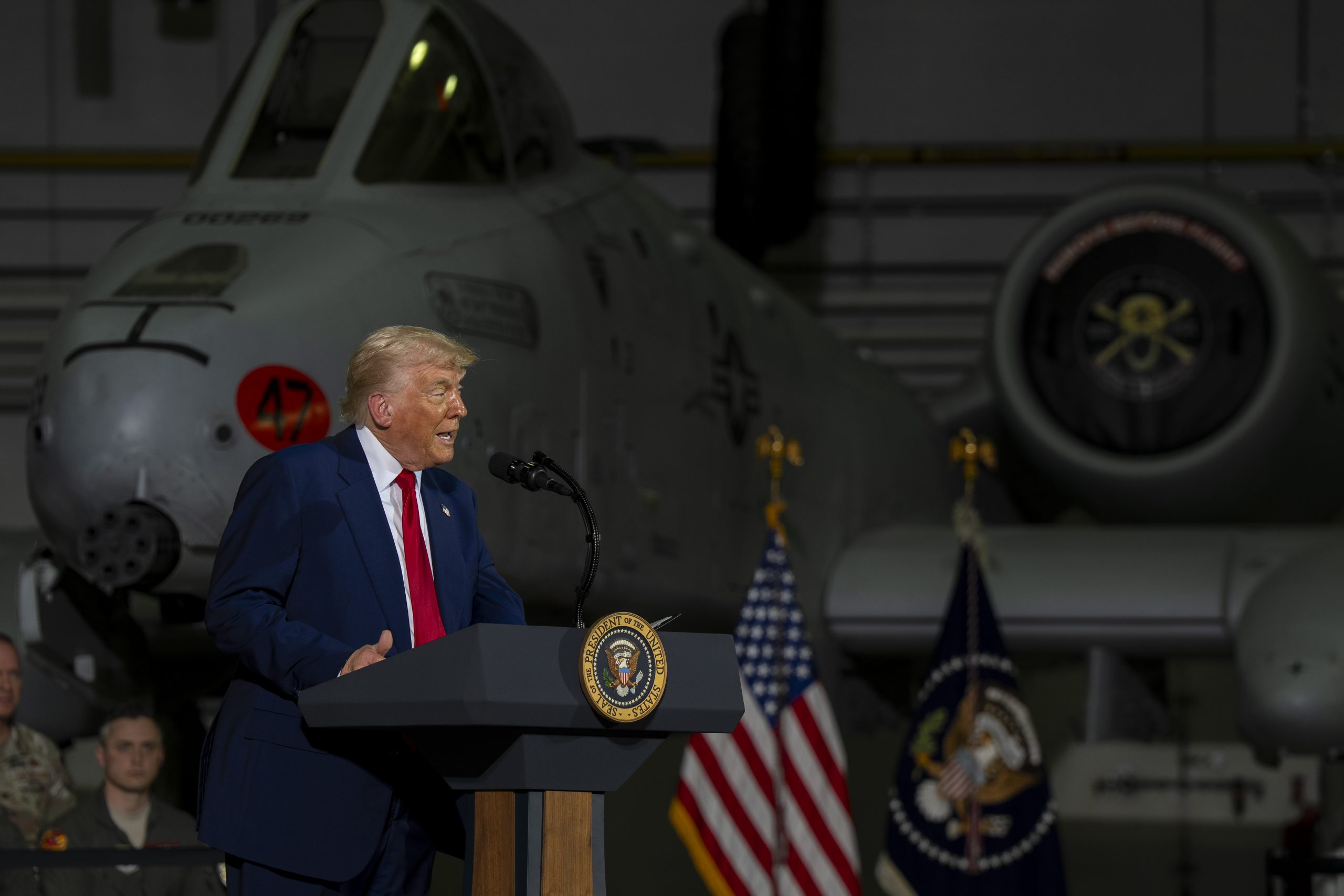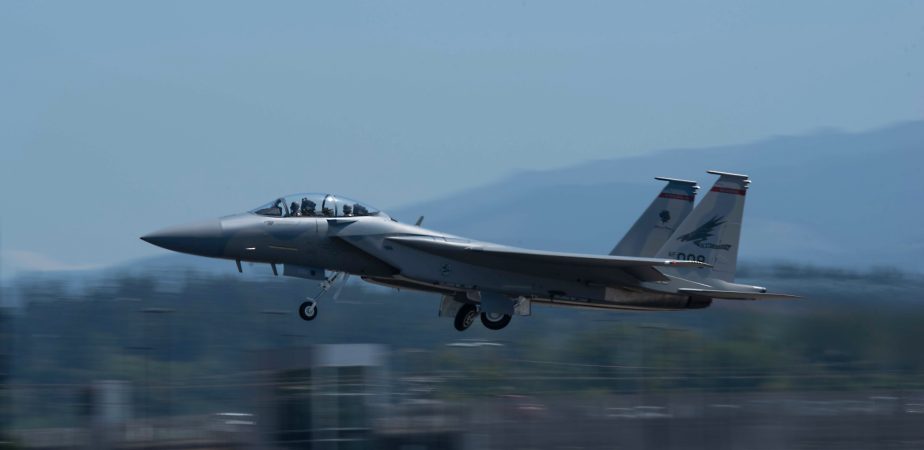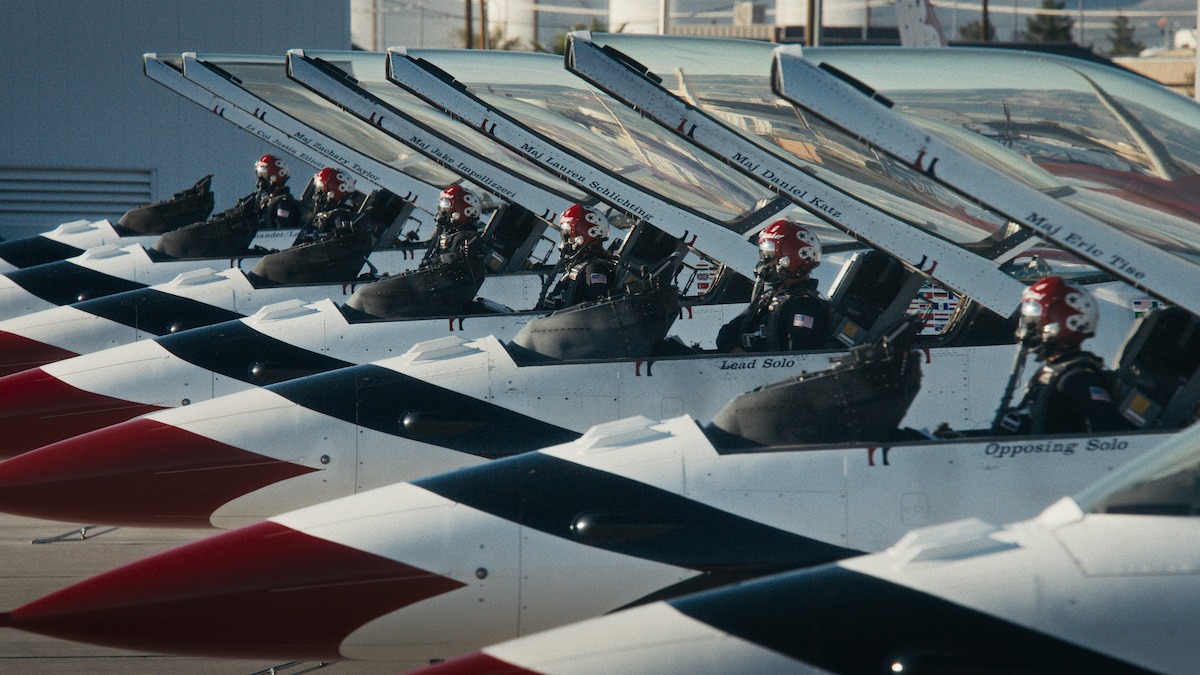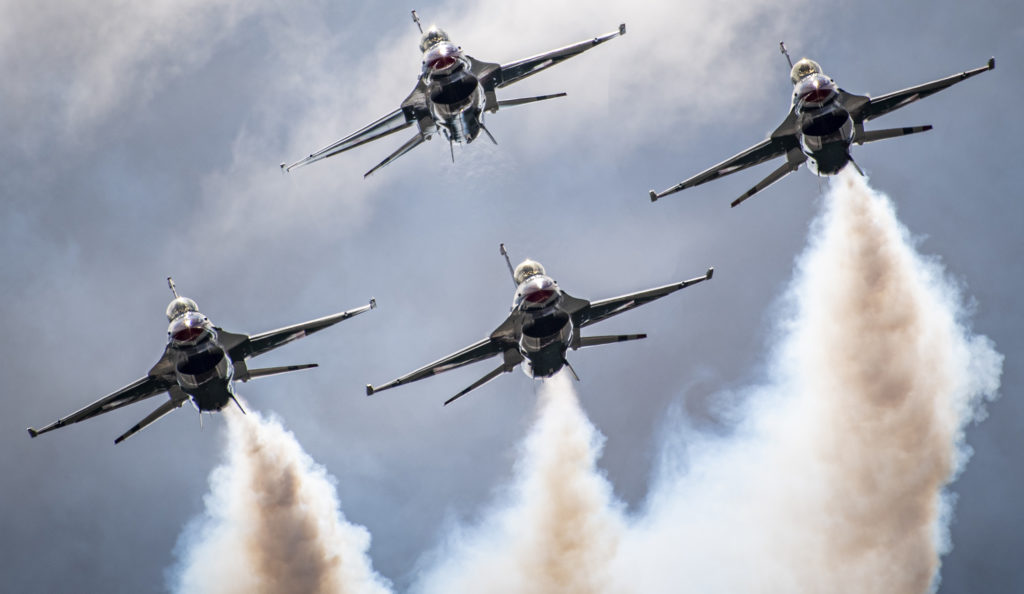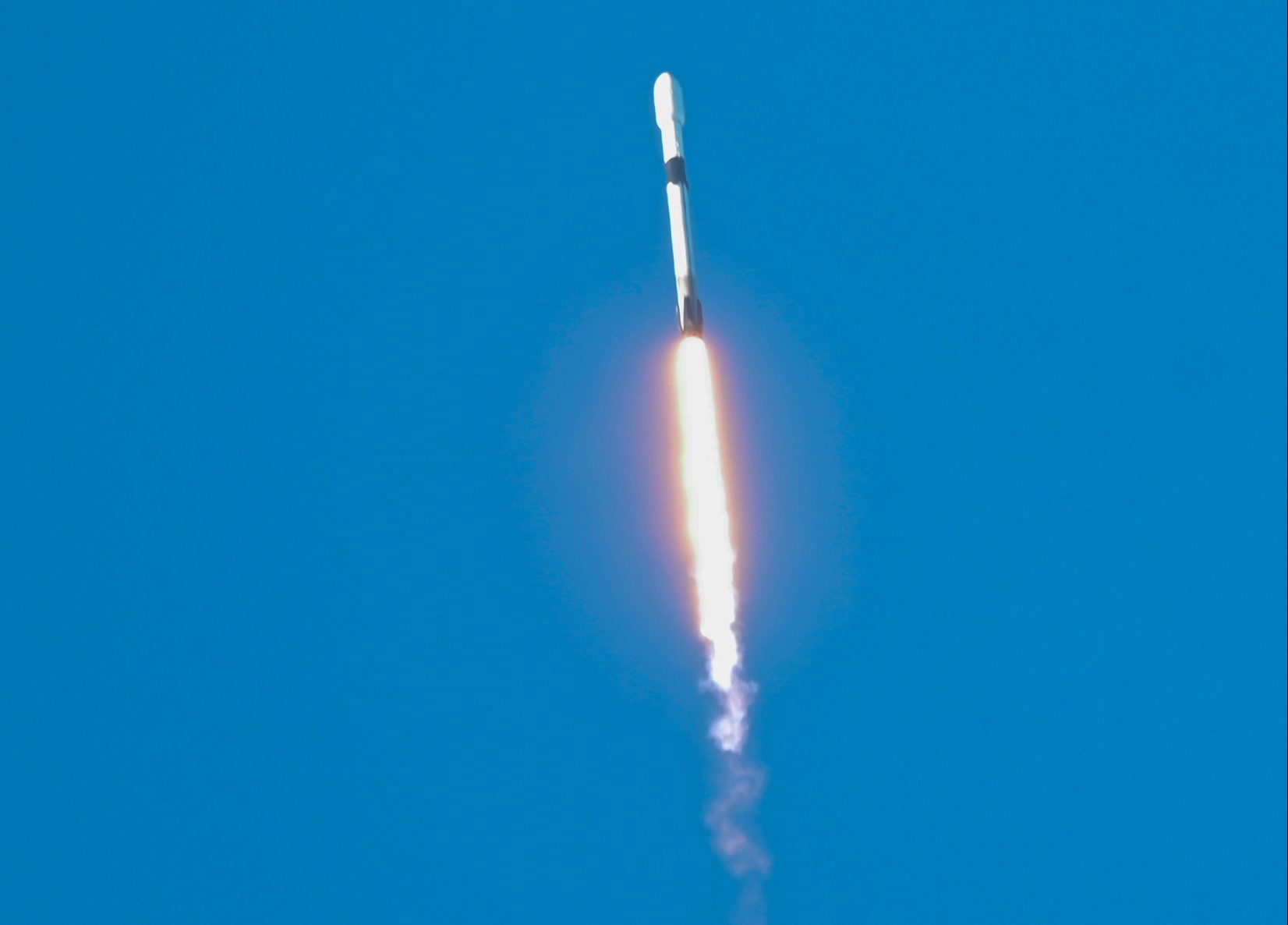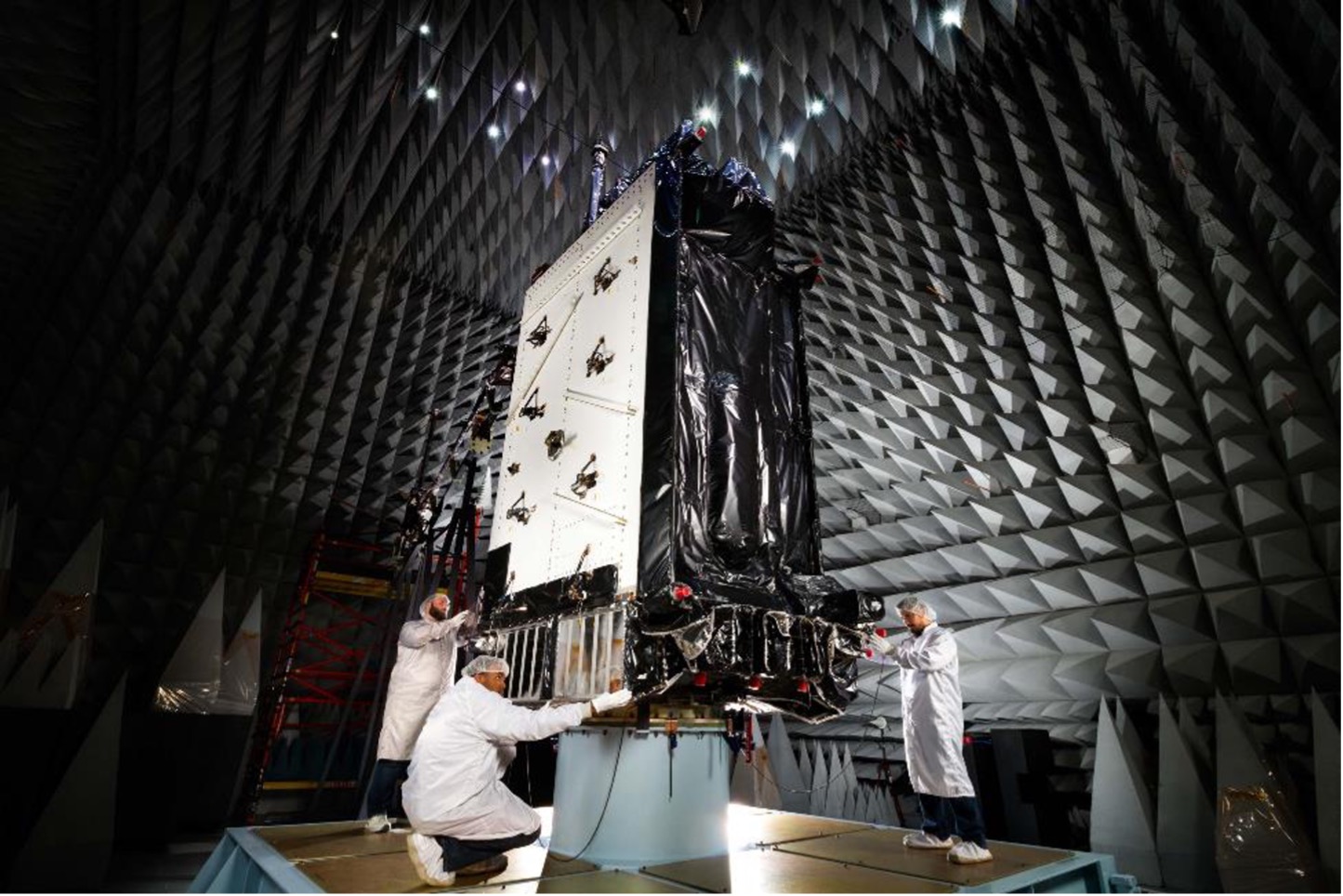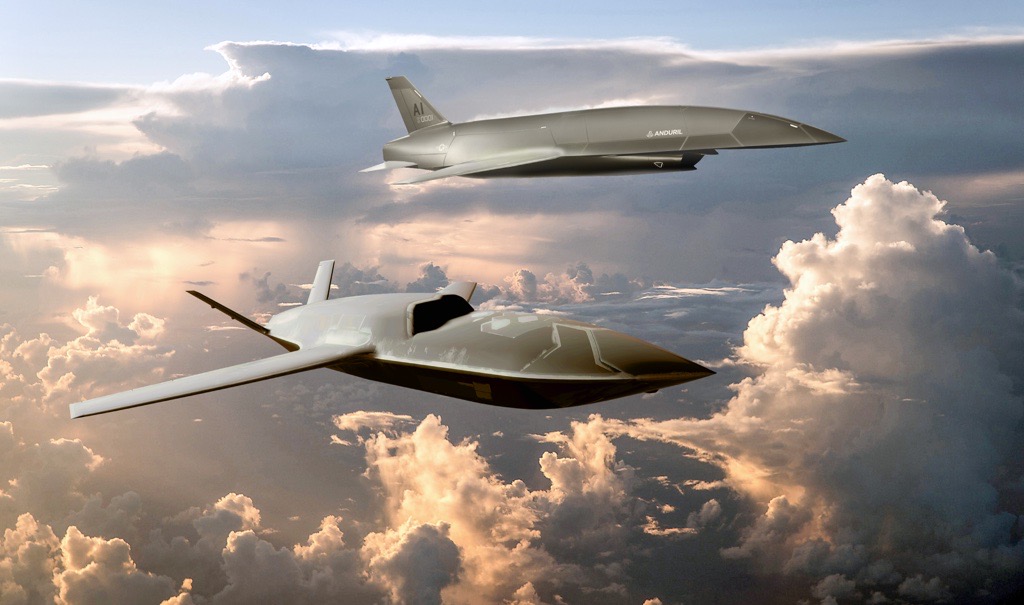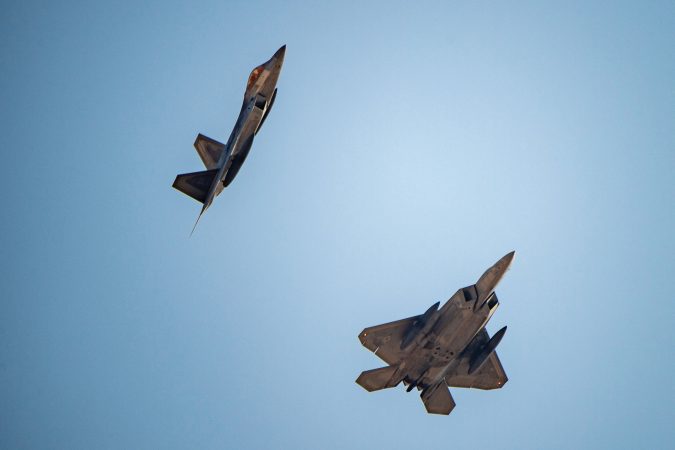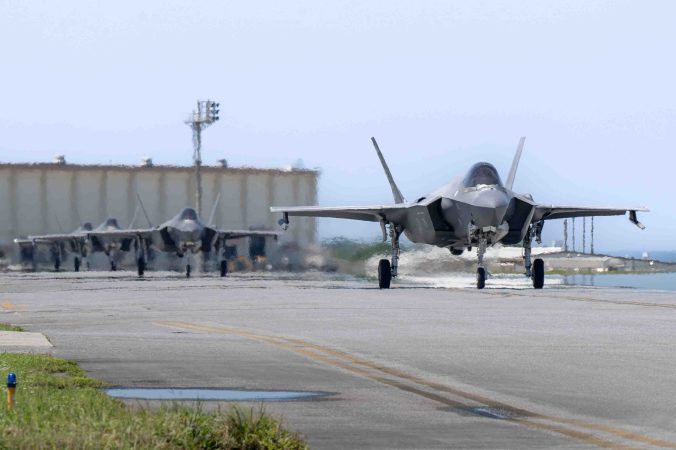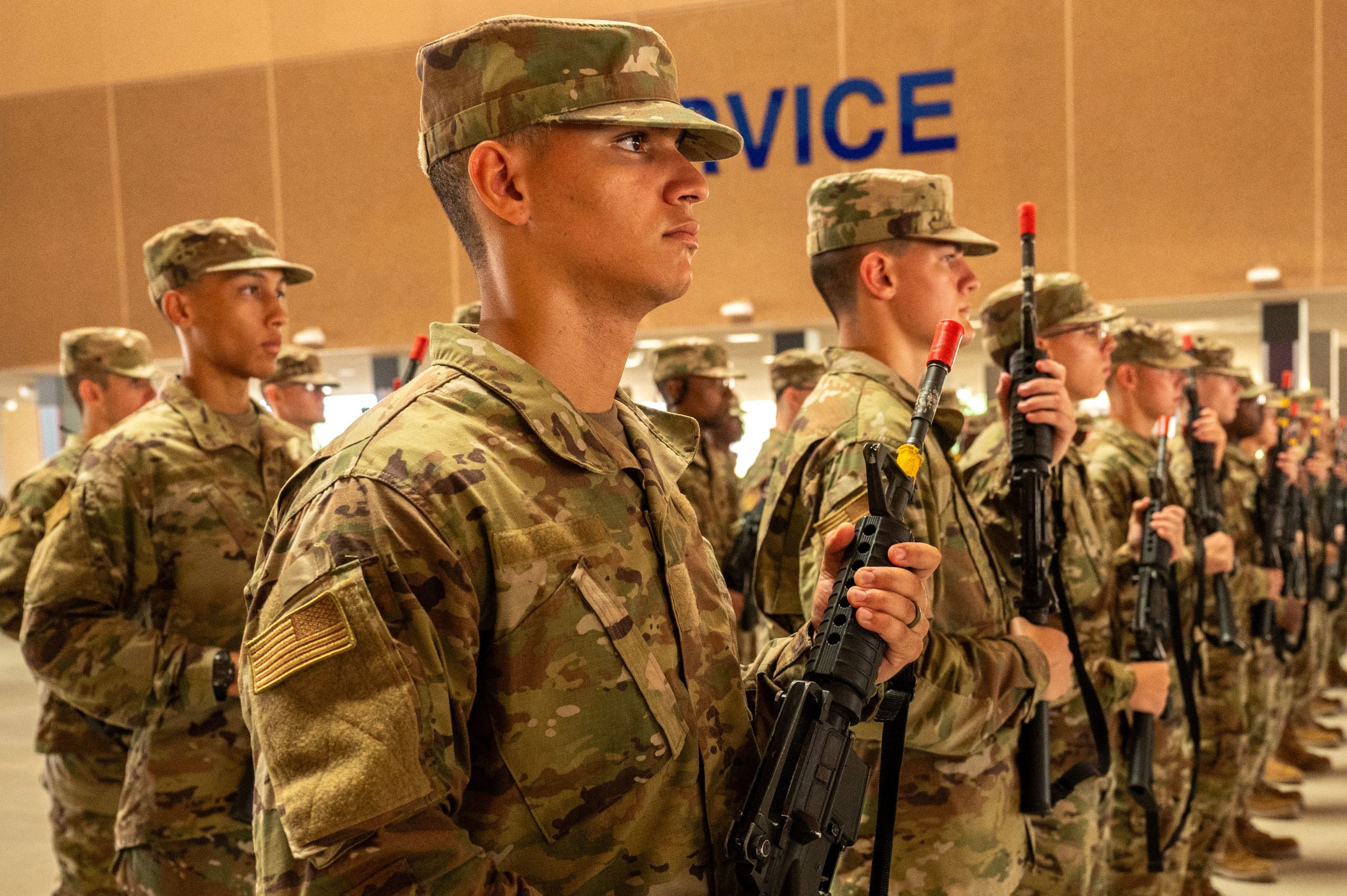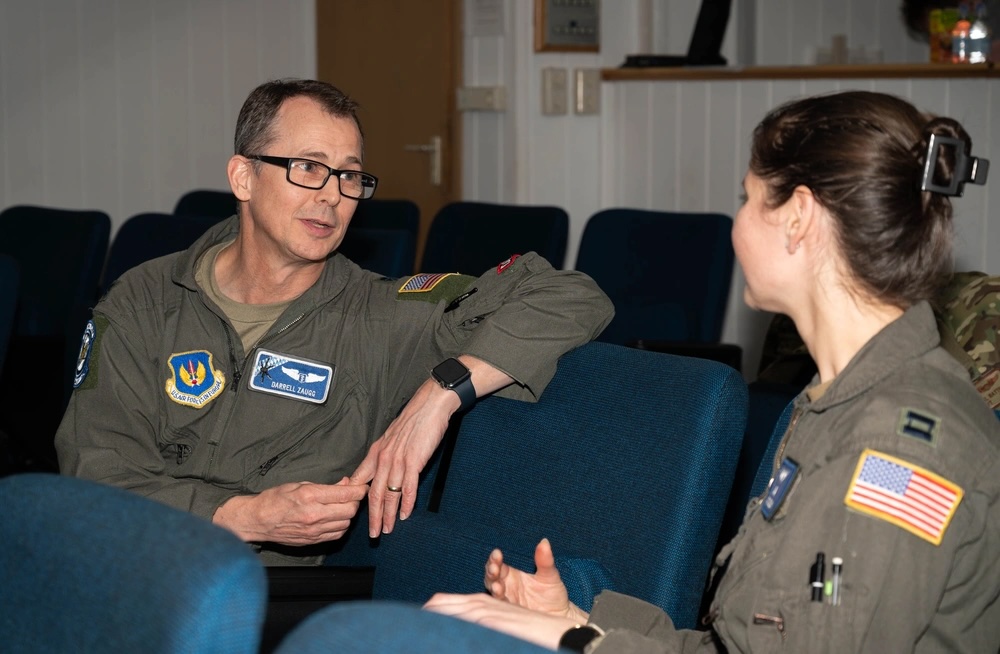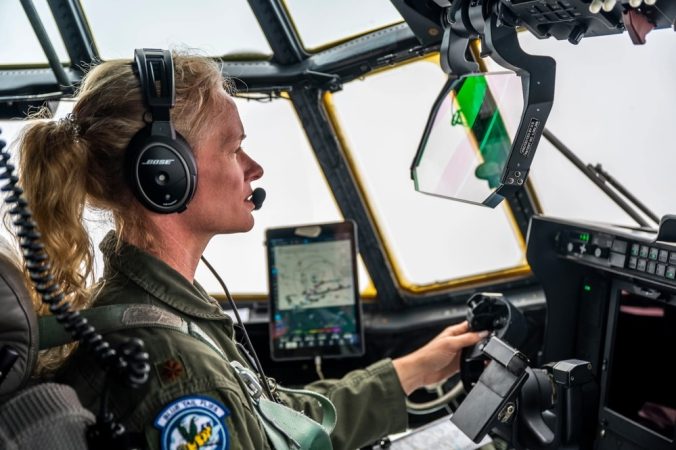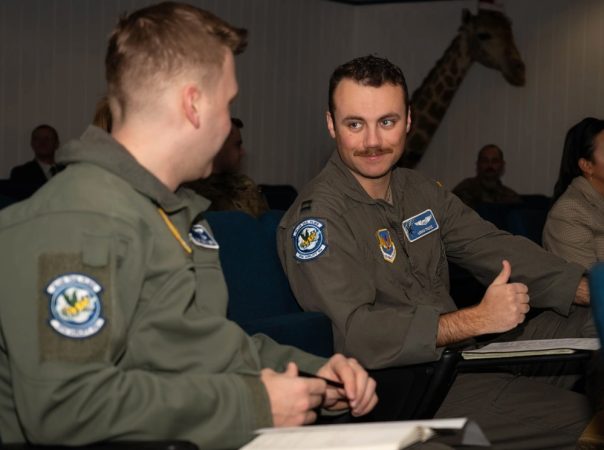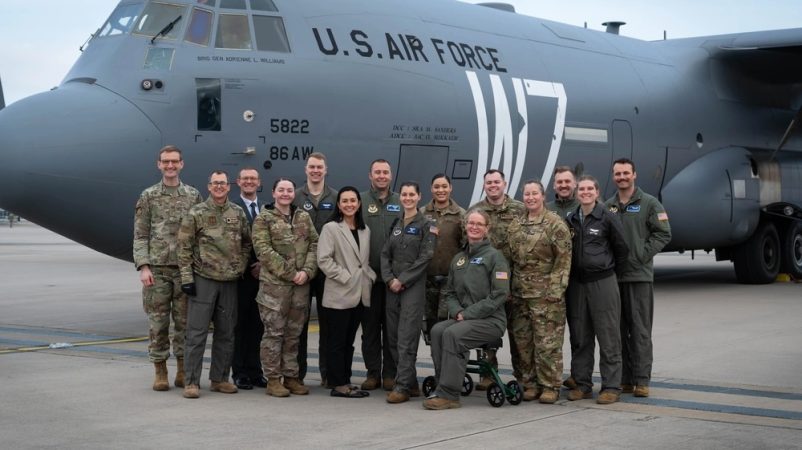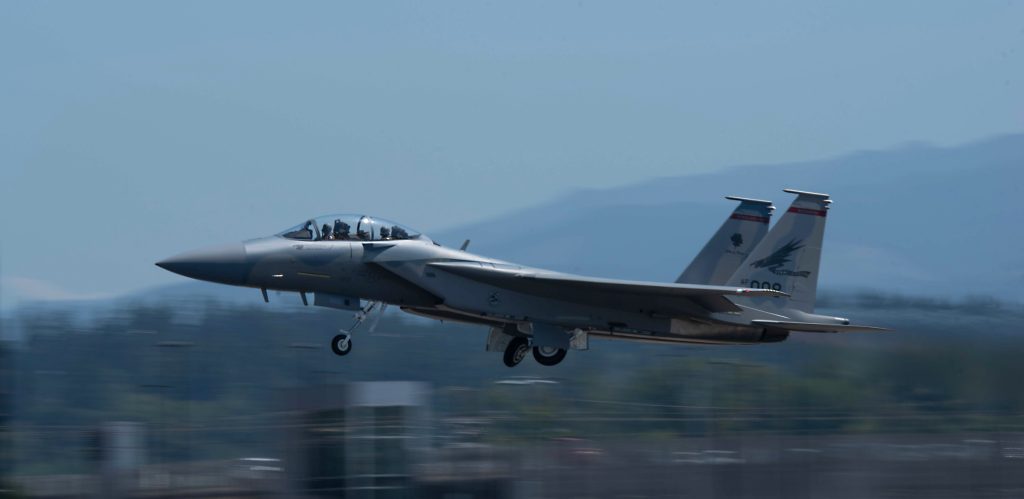Pentagon officials overseeing homeland counter-drone strategy told lawmakers that even with preliminary moves to bolster U.S. base defenses, the military still lacks the capability to comprehensively identify, track, and engage hostile drones like those that breached the airspace of Langley Air Force Base in Virginia for 17 days in December 2023.
Members of the House Committee on Oversight and Government Reform voiced frustration during the April 29 hearing that the chaotic Langley episode paralyzed commanders’ ability to respond and ultimately forced F-22 fighters to be relocated to other bases. More drone incursions were later reported around other military bases, including USAF installations from Utah to the United Kingdom.
“There were over 350 detections of drones at 100 different military installations last year alone,” Rep. William Timmons (R-S.C.) said. “These incursions are not from hobbyists being blown off course. The multitude of drones reported flying over bases in the past several years revealed a coordinated effort by our adversaries to collect valuable intelligence and surveillance of some of our most sensitive military equipment.”
Timmons added that it shows that base commanders have “inadequate or nonexistent monitoring capabilities” and a lack of counter-drone capabilities.
Mark Ditlevson, acting assistant Secretary of Defense for Homeland Defense and Hemispheric Affairs, told lawmakers that defense officials have made progress identifying solutions designed to more effectively identify and understand “what is flying in our airspace and how to separate the negligent from the nefarious.”
The Pentagon is working with the Joint Rapid Acquisition Cell to rapidly acquire the right equipment and to give commanders better tools to “understand the operating environment and the ability to effectively conduct nonkinetic and kinetic mitigations.”
Despite the progress, Ditlevson admitted that responding to hostile unmanned aerial systems in the homeland is much more difficult than in war zones.
“The systems that have proven effective at countering UAS in the Middle East are not appropriate for the homeland given the intelligence collection required to enable these mitigation operations and the potential for collateral damage, [for example] radio frequency jamming can interfere with emergency responder radios and weather radar,” Ditlevson said in his written statement to the committee.
Rep. Suhas Subramanyam (D-Va.) asked Rear Adm. Paul Spedero, vice director for operations on the Joint Chiefs of Staff, if there are capability gaps when it comes to developing “technology for trying to address kinetic and nonkinetic” to engage advanced drone technology.
Spedero admitted that the technology for drones has “far outpaced” the tech to defeat them.
“It’s a much wider, broader, deeper market for drone application, for commercial and recreational purposes. So hence that technology has evolved very quickly from radio controlled drones to now fully autonomous drones that may or may not even rely on reception of a GPS signal, which would make it very challenging to intercept so on the counter drone activity,” Spedero said.
“You have to come back to agencies that would be interested in that like the Department of Defense, Department of Homeland Security, FBI, you know, law enforcement agencies. So we have to partner, and we have to create that demand within industry to get technology back on pace to counter this ever increasing emergence of drone technology.”
Spedero told Timmons that the technology many commanders have to track drones over their installations “is not sufficient. The development and fielding of “domain awareness sensors is a critical first step.”
“Obviously, we need a method to exert command and control so that we can build a common operating picture, because it will take layers of different sensors, because one sensor may be better against certain UAVs and certain flight profiles, and you may have to rely on different sensors to round out the picture,” Spedero said.
“So yes, we do need more sensors. We are addressing the shortfall right now with the fielding of flyaway kits. So these will be kits that will be available for bases that have very limited capability to detect on their own and build domain awareness.”
Spedero added, however, that commanders would first have to request the capability from U.S. Northern Command and a “flyaway kit, as well as expertise and additional resources that would be required, would be immediately deployed to that location.”
Rep. Michael Cloud (R-Texas) said one of his biggest concerns over this issue is the amount of funding legacy aircraft programs are receiving as opposed to funding drone and counter-drone technology which already plays a significant role in modern warfare.
“It seems like we’re spending about $22 billion … in the last budget on fighter jets and maybe a billion dollars on drone and counter drone technology together,” said Cloud, explaining that his numbers may be “off a bit” because funding is coming from different buckets.
“We’re talking about one drone coming and what we can or can’t do about it. I think from the American taxpayer who’s sitting at home going, we’re spending [more than] $800 billion roughly on defense, and we can’t shoot a drone down.”
